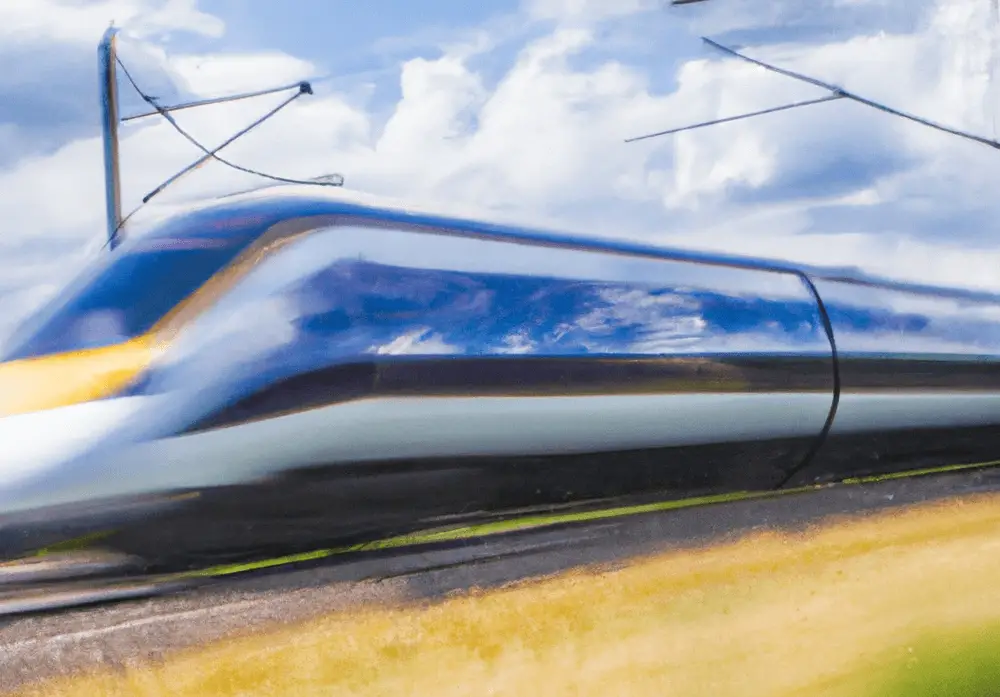If you’re wondering why HS2 is taking so long to build, you’re not alone.
As one of Britain’s biggest and most controversial infrastructure projects to date, it has been reshaped, remodelled and delayed time and time again in the 10 years since it was announced. Part of it has even been axed entirely.
Designed to connect London and the Midlands and North of the UK with high-speed rail, it has faced a multitude of issues, from overblown finances and political controversy to environmental protests along its route.
So, with this in mind, today we’re answering the question: why is HS2 taking so long to build?
In short, the reason HS2 is taking so long to build is due to financial challenges, political turbulence and technical obstacles. Namely, the infrastructure project has already gone way over budget, faces strong opposition from its detractors, and is also a particularly tricky project to build. These factors have led to HS2’s delay and disruption.
Read on to find out what HS2 entails, when it is expected to finish, and what the current status of construction on HS2 is.
But first, let’s further explore the top 5 reasons behind why HS2 is taking so long to lay down its tracks.
Financial Challenges
One of the major reasons why HS2 is taking so long to build is the financial challenges the scheme is facing. Put simply, despite barely beginning construction, HS2 is already over budget, and this has had major ramifications.
At the time of the 2010 General Election, when the first noises about the project were being made, it was thought that it would cost around £37bn to build in total. Fast forward to 2023, and the first phase of the scheme alone is predicted to cost £44.6bn, with HS2 in all representing a £53bn-£71bn investment.
There are a multitude of reasons for HS2’s financial issues, but one of the main factors is scope creep – in other words, the scheme just keeps on getting bigger and bigger as time goes on. With the constant addition of unforeseen features such as new station requirements and technical components, planners have been unable to stop the budget from inflating further.
Furthermore, there has also been an unexpectedly high level of compensation and mitigation costs that have had to be given out to those in the path of the new rail lines. This compensation wasn’t just aimed at those who are going to lose their properties, but also those residents who will be affected by the noise of 200+ mph trains.
HS2’s financial woes came to a head in November 2021, when it was announced that Phase 2b, which was due to connect Birmingham to Leeds, would be mostly scrapped. This was done in order to cut costs, preventing the already eye-watering budget sheet from rising even higher.
Instead, it will terminate at East Midlands Parkway just south of Nottingham. This decision, although claimed to be a financial necessity, has been met with furore in certain areas along the cancelled route. Which brings us neatly onto our next point…
Political Controversy
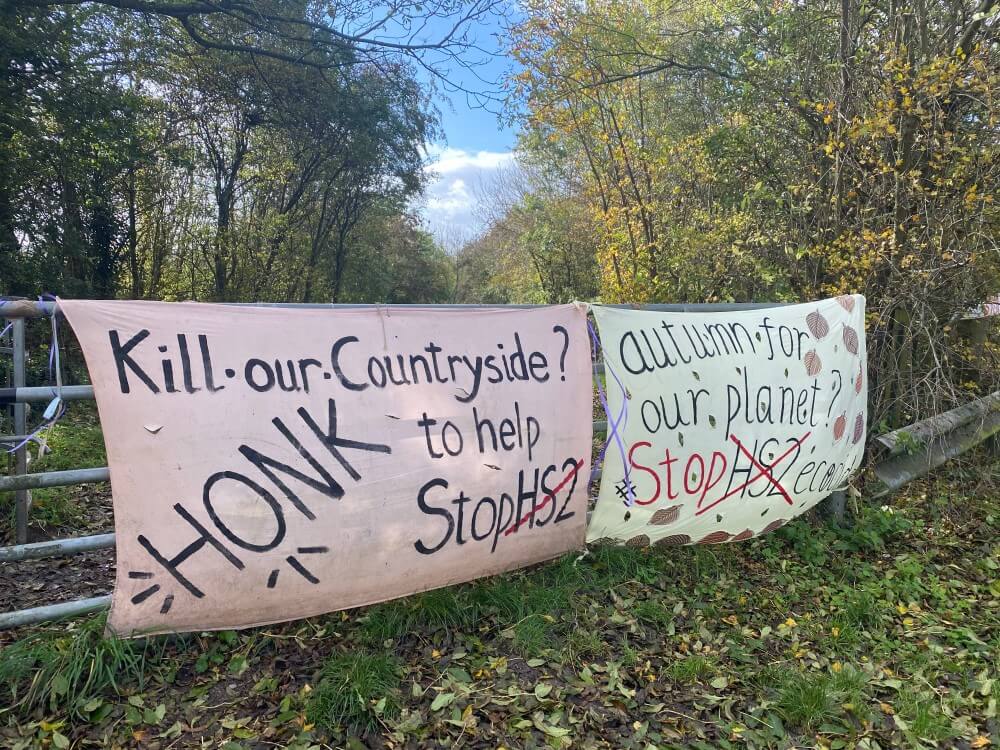
Due to the nature of HS2 being such a massive infrastructure project, it was always bound to pick up a level of political controversy. However, the degree of turbulence that has accompanied it has proved impossible to ignore.
Figures from across the political spectrum have chimed into the debate surrounding HS2. The main arguments have invariably been about the price tag, the route and the timescale of delivery.
On a fundamental level, there have also been major disagreements on a regional level about who is benefiting most from the scheme. Those in regions such as the North East of England, for example, which aren’t being serviced by the new lines, have been particularly vocal about the value of HS2 on a wider scale.
The result of this is that approval for the various phases of HS2 have been delayed and pushed back in the face of staunch opposition. Lobbying groups and campaigners especially have made intentional efforts to appeal against its continued construction.
One thing’s for certain: the political debate surrounding HS2 will not be dying down any time soon, and it may be around for a long time even after the trains are running.
Engineering Obstacles
Whatever you may think about HS2, there’s no doubting its immense scale. It is one of the biggest infrastructure projects ever seen in the UK, and one of the biggest currently underway in Europe.
With a project with size comes inevitable technical obstacles that present a challenge to architects and civil engineers at the scene. And, for all the blueprints and planning documentation, this has been the case with HS2.
To build the new rail line, HS2’s planners have had a lot to contend with. The proposed route includes everything from vast tunnels beneath protected woodland to wide-span bridges across busy waterways.
As part of this, the line will pass through numerous geological formations, which includes different types of soil. Thus, solutions have had to be found, in the form of soil stabilisation and concrete reinforcement.
Furthermore, there is the small matter of the multi-platform stations that are being built in the middle of some of Britain’s biggest cities. In the centres of urban areas like Birmingham and London, construction has had to be carefully planned in order to prevent disruption to nearby residents.
Indeed, these new transport hubs also have specific requirements that will allow them to connect to the rest of the city, all of which need various technical systems and components to work together. Put simply, the design and construction of HS2 has not been an easy feat.
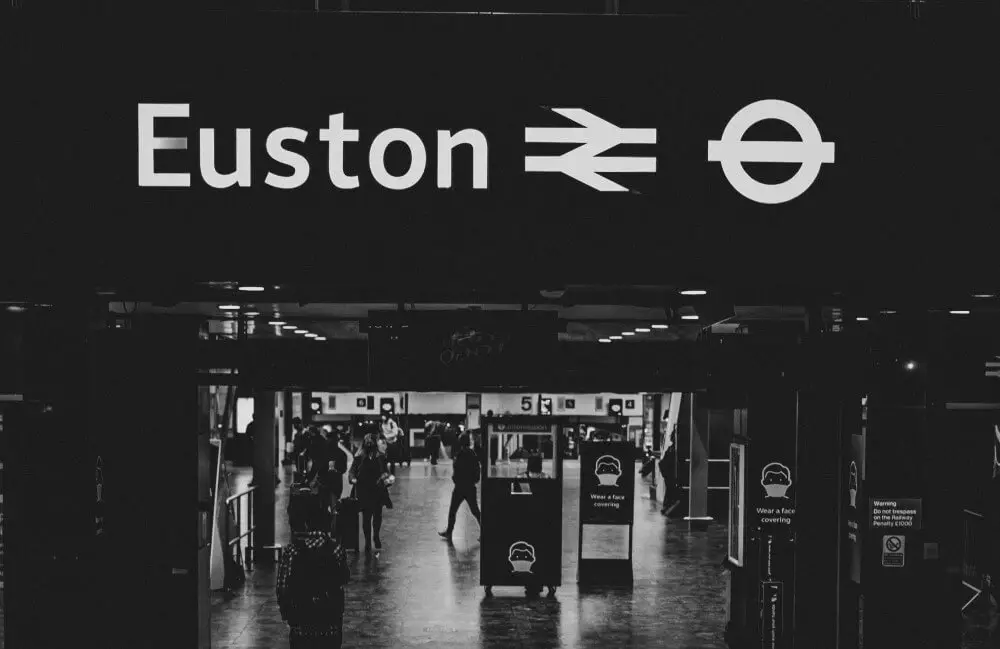
Environmental Protesters
Ever since HS2 was announced, it has had its fair share of detractors. Perhaps the most vocal opposition has come from environmental protesters, who argue that the impact of HS2 on the local wildlife and natural habitats is not worth the potential benefits.
Along its route, HS2 runs through numerous protected woodlands and wetlands, which are home to a wide range of wildlife. It goes without saying that erecting a train line through the middle of these areas will have a massive impact on local biodiversity.
Indeed, as with any big infrastructure project, there will be significant carbon emissions produced, the impact of which is downplayed by organisers. Still, environmental campaigners argue that this levelling up project goes against the UK government’s carbon neutral pledges.
Protests against the scheme have been extreme at times, with protest group HS2 Rebellion going so far as to tunnel underneath the future Euston Station in an attempt to delay construction. With pressure like this, HS2 planners have had to adjust their timescales to allay environmental fears and prevent protesters from causing too much disruption.
COVID
There was one reason behind the delayed construction of HS2 that no one could have predicted. That is, the Covid pandemic.
Across the world, construction projects of all types had to adopt new safety measures to ease fears of virus transmission, particularly among construction workers in close proximity. These measures, while completely necessary, did contribute to HS2 organisers having to allocate extra time in their planning.
And, as a result of the 2020 pandemic, global supply chains were disrupted, which had a big knock-on effect on HS2. The vast quantity of materials needed for both construction and the infrastructure itself was simply much harder to come by, leading to costly delays.
For the government, hard decisions also had to be made about what they would choose to invest money in. As such, understandably, resources were diverted from big projects like HS2 to areas that needed it greater.
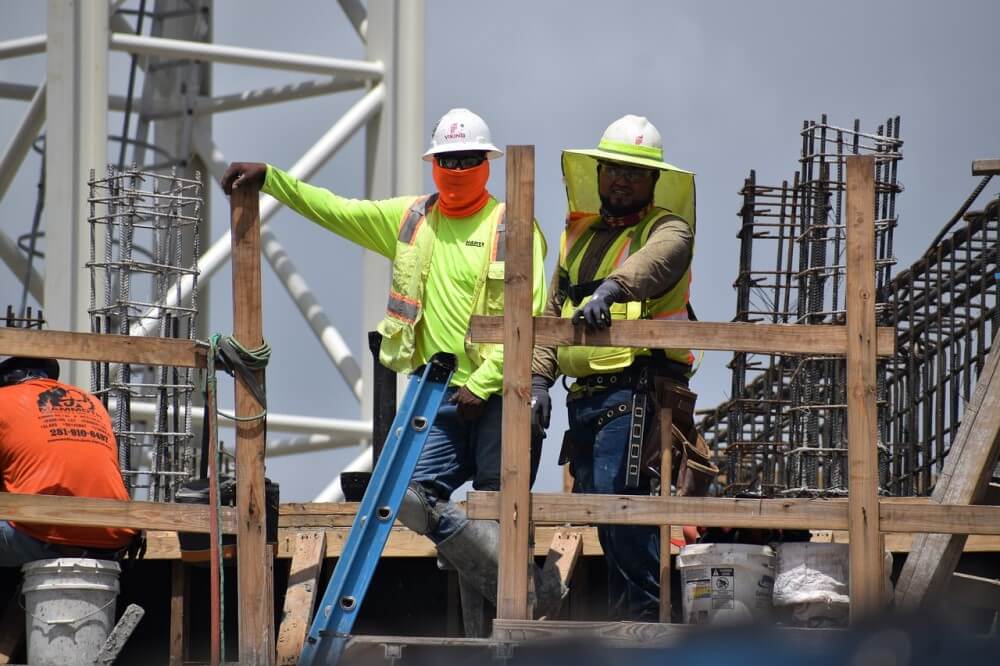
What is HS2?
HS2 is an upcoming massive infrastructure project that will consist of a high-speed rail line connecting London and other big cities in England, such as Birmingham and Manchester.
It is one of the biggest infrastructure projects ever seen in the UK, and is intended to boost economic growth across the Midlands and Northern regions. It is also hoped to free up capacity on the existing transportation network, by reducing the amount of trains currently operating on main lines.
The scheme is being built in two phases. Construction on Phase 1 is already underway, and will follow a route from London Euston to Birmingham. Phase 2a, meanwhile, will run from London to Crewe via the West Midlands.
Phase 2b is where much of the controversy has arisen for HS2. The Eastern leg of this phase, which was originally pencilled to go all the way to Leeds, has been stripped back, and will now stop more than 80 miles further South, at East Midlands Parkway. The Western leg is still expected to go ahead as planned.
Over the course of its lifespan so far, HS2 has attracted a lot of controversy, owing mostly to its high price tag and route. However, as things stand, the project is still going ahead, albeit if not in its original form.
Why was HS2 partly cancelled?
In November 2021, the decision was made to scale back phase 2b of the HS2 project, largely for financial reasons. This means, in essence, that the new line will no longer reach the Northern Midlands and Yorkshire – instead it will terminate at East Midlands Parkway, just shy of Nottingham.
This decision was taken primarily due to the spiralling costs of the scheme, which were revealed in the 2019 Oakerbee Review. The review laid bare the extent of the financial pressures the project was facing, and how spending at current levels would be unsustainable.
The government has reiterated that the reduction in length of phase 2b will enable better transport connections to come in earlier than would be the case with current plans. However, opponents to the change argue that this is not the case, and that it is merely watering down the project.
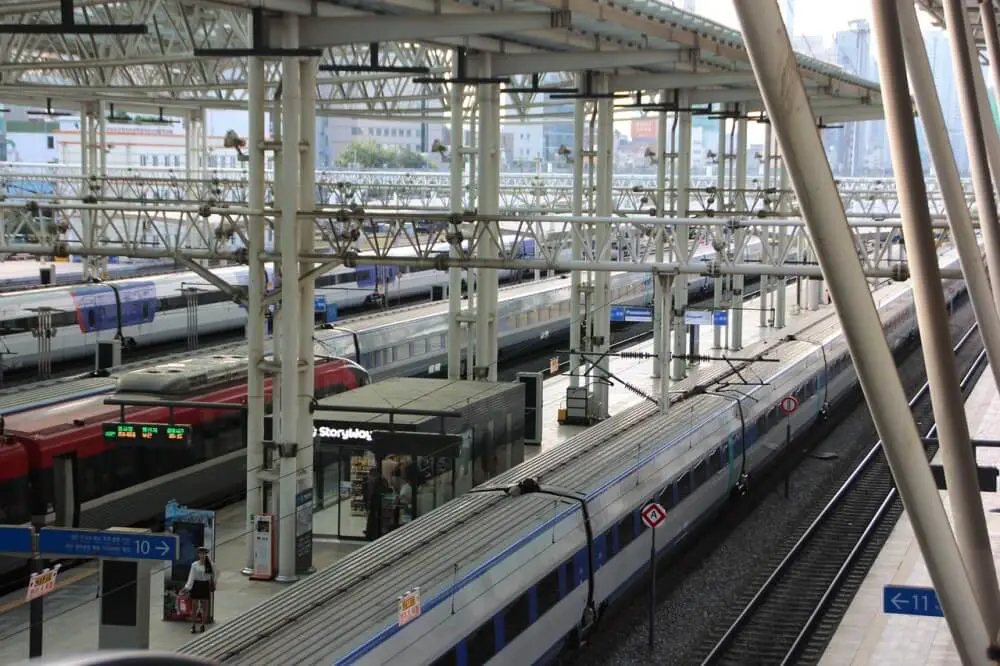
When is HS2 expected to complete?
As things stand, there is no definite answer for when HS2 will fully complete. The scheme has been pushed back time and time again, with the current completion date expected to be between 2035 and 2040.
Phase 1 of HS2, which is being built before Phase 2a and Phase 2b, is due to open in approximately 2029, although this has been delayed from 2026. The second phase, meanwhile, has been pushed back from a completion date of 2032-2033, to between 2035 and 2040.
Is HS2 currently being built?
Yes, the HS2 rail project is currently being built, with a number of permanent structures either under construction or being constructed.
Some of the most advanced building work so far has occurred underground, with TBMs carving through soil to make way for future HS2 tunnels. Particular construction hotspots have included preparatory work at the future Old Oak Common Station in London, and the Chiltern Tunnel.
There has also been movement further north, with groundworks well underway at the site of Birmingham’s Curzon Street station. Indeed, some of the first pillars that will make up the viaducts close to the station have already risen off the ground.
That’s it for our guide to why HS2 is taking so long to build. Despite its many problems and controversies, there’s little doubt it is an infrastructure project that will change British transportation forever.
However, whether it will continue to be constructed in its current guise remains to be seen. With how planning for HS2 has fared so far, it is hard to predict what will happen next.
If this has piqued your interest in all things infrastructure, why not explore our selection of related articles. They feature a guide to why an airport is called an airport?
Or, if you’d like more definitions on building and architecture vocabulary, take a look at our selection of building wikis. For instance, do you know what a tuned mass damper is?
Last Updated on 2 March 2023 by Michael
